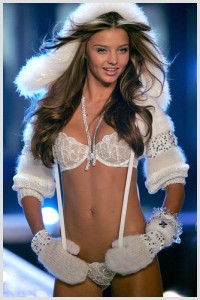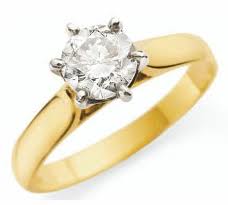 I always breathe a sigh of relief when Christmas is over. Don’t get me wrong – I like Christmas carols, watching my kids open gifts, and the smell of Christmas trees, so I’m not a total Scrooge about the affair. But the logistics of travel, the cost of those gifts, the “We put up the decorations; We take down the decorations!” cycle is enough to leave me eager for January.
I always breathe a sigh of relief when Christmas is over. Don’t get me wrong – I like Christmas carols, watching my kids open gifts, and the smell of Christmas trees, so I’m not a total Scrooge about the affair. But the logistics of travel, the cost of those gifts, the “We put up the decorations; We take down the decorations!” cycle is enough to leave me eager for January.
From a pop culture perspective this rather common feeling is particularly ironic, since most forms of holiday media already sent the very clear message that all of these things that generated such stress for many of us were, in fact, also supposed to be the source of our greatest happiness. Take, for instance, another sign of the season: the retail catalog. For those of us who were barraged by them (and I’ll choose Pottery Barn’s catalog for the sake of a specific example), the messages within unequivocally communicated that, with the proper décor accessories, one’s home can become the most idyllic, cozy shelter ever, capable of withstanding almost any sort of stress that either the holidays or the coldest assaults of winter might bring. Continue reading “It (Wasn’t) The Most Wonderful Time of the Year”


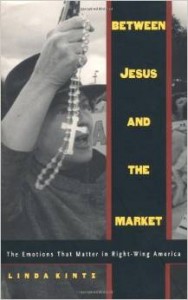
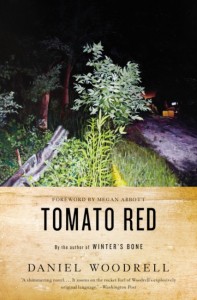 Asking about my favorite non-theory book is kind of like asking about my favorite child. As such, I’ll dodge that question and say that it’s a tie between all of the Harry Potter books and all of the Daniel Woodrell books. The first Woodrell book I read was Tomato Red. Next was The Death of Sweet Mister, followed by Winter’s Bone (remember that Jennifer Lawrence movie? Woodrell wrote the book), and all of the others shortly followed (most recently for me, The Maid’s Version). The Harry Potter books don’t need any sort of explanation, I suspect. But Daniel Woodrell might, and he’s well worth the introduction.
Asking about my favorite non-theory book is kind of like asking about my favorite child. As such, I’ll dodge that question and say that it’s a tie between all of the Harry Potter books and all of the Daniel Woodrell books. The first Woodrell book I read was Tomato Red. Next was The Death of Sweet Mister, followed by Winter’s Bone (remember that Jennifer Lawrence movie? Woodrell wrote the book), and all of the others shortly followed (most recently for me, The Maid’s Version). The Harry Potter books don’t need any sort of explanation, I suspect. But Daniel Woodrell might, and he’s well worth the introduction. Bruce Lincoln, Holy Terrors: Thinking About Religion After 9/11 (Chicago: University of Chicago Press, 2003)
Bruce Lincoln, Holy Terrors: Thinking About Religion After 9/11 (Chicago: University of Chicago Press, 2003)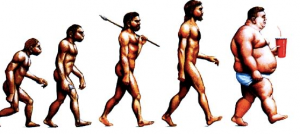
 I remember standing in the checkout line at the campus bookstore with my copy of Roland Barthes Mythologies. I admit that I was suspicious of any book supposedly so profound that was also so small. Its size is deceiving just as much as its structure is unique: the first part of Mythologies is comprised of a series of short essays that provide the pop-culture exemplars of Barthes’ theory on how mythmaking operates (covering everything from food to clothing to politics), while the latter half is comprised of a theoretical essay – entitled simply “Myth Today” – that more overtly addresses the workings of this type of semiotic turn. Barthes rejected common definitions of myth that equate it with “falsehood” or “the stories that dead people believed.” Rather, Barthes understood myth as an absolutely ubiquitous process that involves the transformation of “history into nature,” or, put differently, the manner in which otherwise constructed things are made to appear natural or inevitable.
I remember standing in the checkout line at the campus bookstore with my copy of Roland Barthes Mythologies. I admit that I was suspicious of any book supposedly so profound that was also so small. Its size is deceiving just as much as its structure is unique: the first part of Mythologies is comprised of a series of short essays that provide the pop-culture exemplars of Barthes’ theory on how mythmaking operates (covering everything from food to clothing to politics), while the latter half is comprised of a theoretical essay – entitled simply “Myth Today” – that more overtly addresses the workings of this type of semiotic turn. Barthes rejected common definitions of myth that equate it with “falsehood” or “the stories that dead people believed.” Rather, Barthes understood myth as an absolutely ubiquitous process that involves the transformation of “history into nature,” or, put differently, the manner in which otherwise constructed things are made to appear natural or inevitable. 
